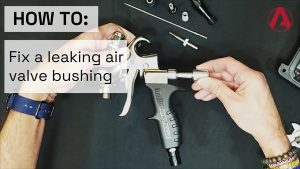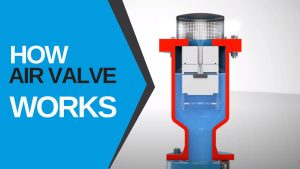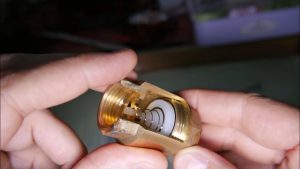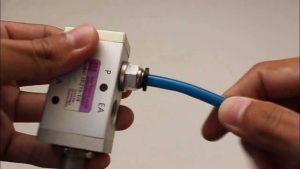As plumbers, homeowners, and engineers, we often need to find ways to regulate water pressure in pipes and plumbing systems. One common question that comes up is whether an ordinary ball valve can be used to reduce water pressure. In this comprehensive guide, we’ll dive into the mechanics of ball valves, investigate if they actually lower water pressure, and look at better alternatives for controlling water pressure.
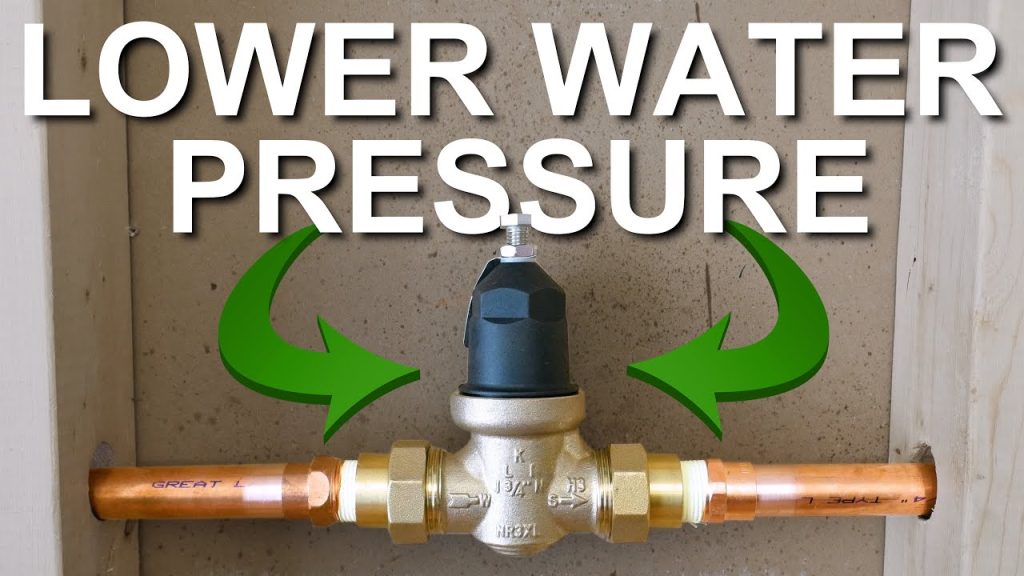
How Do Ball Valves Work?
Let’s start with a quick primer on how ball valves operate. As their name suggests, ball valves contain a ball inside that can be rotated to control flow. The ball has a bore or hole running through the middle that, when aligned with the valve body, creates an opening for fluid to pass through.
To open a ball valve, you use a lever or handle to rotate the ball 90 degrees. This brings the bore into alignment with the pipe and allows water to flow unrestricted. Closing the valve simply requires rotating the ball back 90 degrees to bring the solid part of the ball into alignment, blocking flow. This on/off control makes ball valves perfect for shutting off water lines for maintenance and repairs.
But can this basic mechanism also reduce water pressure?
Does Closing a Ball Valve Lower Water Pressure?
The short answer is no. Although closing a ball valve restricts water flow, it does not directly reduce or regulate pressure in the plumbing system.
Here’s a simple way to think about it:
- Flow refers to the volume or rate that water moves through the pipes
- Pressure refers to the force exerted on the pipe walls and components
Fully closing a ball valve does limit flow to zero gallons per minute. But the upstream pressure still remains at the same high level and continues exerting force on the valve. As soon as you open the valve even slightly, full pressure water will flow out again.
So ball valves only provide crude, temporary flow restriction without actively lowering pressure like a true pressure reducing valve. This distinction is quite important for effective plumbing system design and performance.
Real-World Examples
To make this concept even clearer, let’s go through some real-world demonstrations.
Imagine your home has very high 120 PSI incoming water pressure from the main utility line. To protect plumbing fixtures and prevent splashing, you want to reduce pressure to 60 PSI.
If you install a ball valve and partially close it to restrict flow, it initially seems to work. Your shower head or faucet flows at 1-2 GPM just where you want it. But the ball valve only chokes the water while open. As soon as you shut off the valve, full 120 PSI system pressure returns at the fixtures.
The ball valve also does nothing to prevent pressure spikes beyond 120 PSI. So if the utility pressure happens to jump to 150 PSI one day, that dangerously high pressure will pass straight to fixtures even with the ball valve partially closed.
Finally, minor buildup or calcification on the ball valve seat over time will cause it to fail closed eventually. So relying solely on a ball valve for pressure regulation is asking for trouble.
Alternatives for Controlling Water Pressure
Instead of improvising with ball valves, you really need a purpose-built pressure regulator for reliable pressure control. The most common types are:
Pressure Reducing Valves: These self-contained valves have an adjustable spring and diaphragm that will physically lower and regulate pressure to a setpoint. They allow higher inlet pressure but steadily maintain reduced outlet pressure.
Pressure Relief Valves: Also called pressure safety valves. Designed to open and vent excess pressure from the system while maintaining a maximum preset limit. Help prevent damage from pressure spikes.
Depending on your exact application and budget, you may also consider modulating pressure control valves or even electric pressure transducers. The key is choosing a legitimate pressure regulation device instead of attempting flow restriction with an ordinary ball valve.
Conclusion
While ball valves can temporarily limit water flow when open, they cannot truly reduce or regulate pressure in a plumbing system. Dependable pressure control requires a purpose-built solution like:
- Pressure reducing valves
- Pressure relief valves
- Pressure control regulators
These devices all share advanced internal mechanisms to lower and maintain reduced pressure levels regardless of inlet pressure fluctuations or flow changes.
So next time you need to tame water pressure, reach for a real pressure regulator, not just a basic ball valve. Doing so will save you headaches and ensure safe, consistent pressure at all fixtures.







